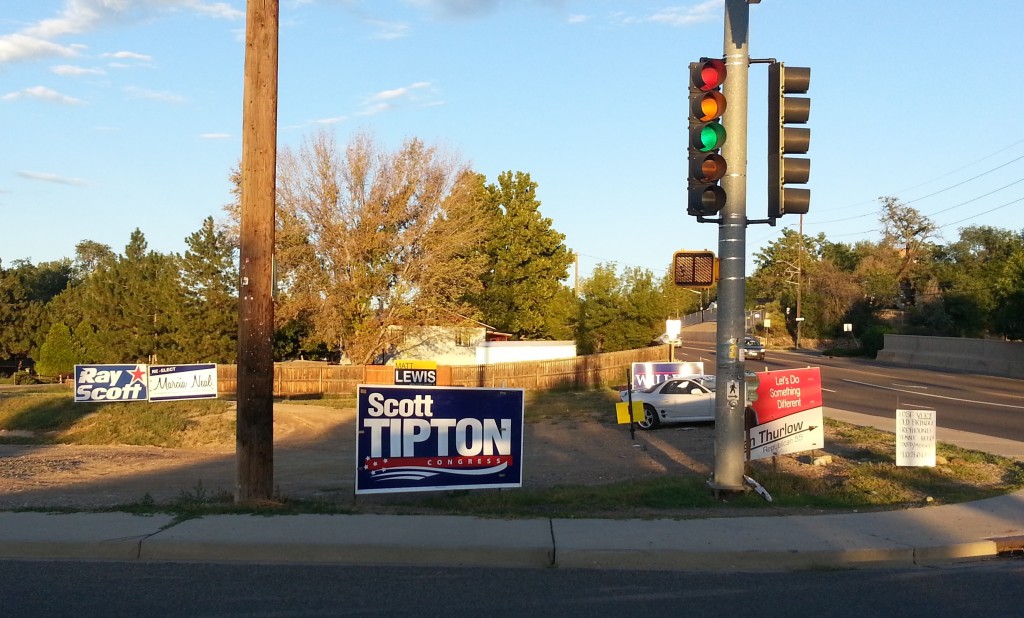
Few kids suffer from a shortage of candy at Halloween, but lots of Mesa County kids suffer from food insecurity year ’round.
How much money will you spend on Halloween candy this year? And how much good does that really do?
Western Colorado Atheists and Freethinkers thinks some of that money can do a lot more good if applied to help alleviate hunger in our community.
Sadly, an astonishing number children in our own area suffer from food insecurity.
Mesa County’s poverty level is significantly higher than the state’s as a whole, making life difficult not just for local parents, but for their kids, too. Thirteen percent of Mesa County families live below the federal poverty level, compared to 8.9 percent for the rest of the state. More than half of the students attending Mesa Valley School District 51 schools qualify for the free and reduced lunch program, and a fairly large number of kids who don’t qualify still go hungry because of poor parental behavior.
This Halloween, Western Colorado Atheists and Freethinkers, western Colorado’s secular community since 2007, urges people to think differently and consider taking the money you would normally spend on candy, and maybe even just a little more, and donating it to Kids Aid, the local nonprofit that provides backpacks full of non-perishable foods to kids who would otherwise go hungry over the weekends.
Kids Aid currently sends home a phenomenal 1,800 backpacks of food every week to students in all District 51 schools. The need in our community is very real.
Few kids suffer from a shortage of candy at Halloween, and obesity and diabetes are growing problems for young children. At the same time, many local kids are suffering from a chronic shortage of real, nutritious food.
Four dollars worth of candy money will feed a child for one whole weekend. Sixteen dollars of candy money will feed a child for a month, $48 worth of candy money will feed a child for a quarter and $128 worth of candy money will feed a child for an entire school year.
Few kids need more candy at Halloween, but a lot of kids need more nutritious food.
WCAF urges people to be a “Kids Aid House,” put their candy money to higher use this year, and help turn Halloween in Mesa County into a helping holiday for hungry kids.
Send donations to
Kids Aid
P.O. Box 2569
Grand Junction, CO 81502
…or donate through Kids Aid’s website at KidsAidColorado.org




